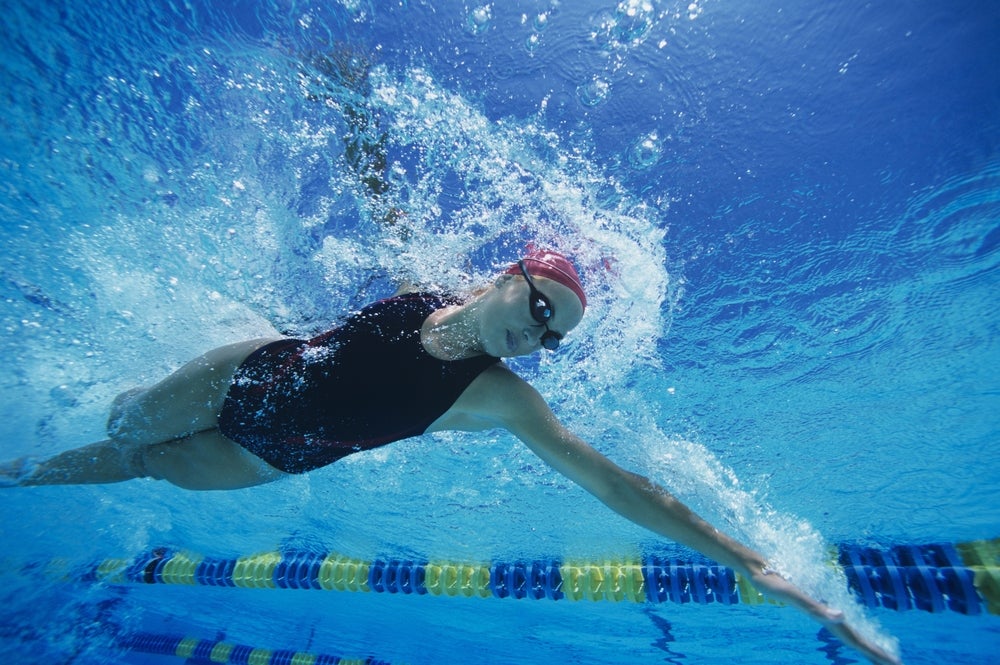What's the Right Way to Approach A Recovery Week?

Photo: <a href=http://shutterstock.com>Shutterstock.com</a>
Triathletes often believe that integrating a few recovery days into a long training buildup is enough to allow the body to rebuild and reap the benefits of hard training days. But even if your muscles feel OK after a few rest days, these short periods of rest are not sufficient on their own.
Let’s consider the science behind your training: The nervous system can be highly taxed during a period of hard training as the brain controls muscle function. As a result, the body requires regular, extended periods of rest to restore the neuromuscular system. Most athletes can handle approximately two and a half to three weeks of a progressive training load before requiring a restoration period of approximately seven days (aka a recovery week).
Restoration during this part of the training cycle doesn’t require complete rest. Instead, use these recovery periods to slightly decrease training volume and focus on more aerobic race-specific workouts that make you a smarter, more cognizant racer, not just physically stronger.
These cognitive workouts are intended to dial you into the intellectual components of racing including mental skills, “feel” for rate of perceived racing effort and overall body awareness. As a result, key training sessions for the week should consist of prolonged efforts that do not heavily tax your muscles’ power, but rather force you to mentally endure the duration and environment of a training session.
The end result is a regeneration period for the entire body, not just muscles, and more confidence in physical and mental race capabilities.
During a cognitive week in my training plans, there are three easy aerobic days between any session with effort. A sprint-distance athlete would only be completing one workout at race pace that is “broken” in nature (e.g. run 10x1K on 2–3 minutes recovery; bike 20×1 mile with 2-minute spin recovery), which should not be that muscularly taxing if they are appropriately training above race pace on other weeks. This would be the hardest effort for the week. For half-Ironman athletes, the hardest effort may be a 12-mile progressive long run (getting faster the last third), for Ironman athletes it could be 20x1K on 1-minute recovery, starting at an RPE of 3 and going to RPE of 5/6 by the end.